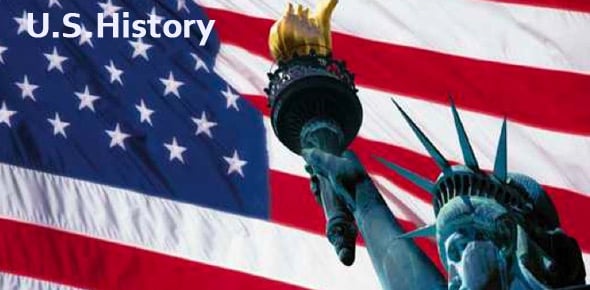In Topeka, Kansas, a black third-grader had to walk one mile...
The so-called ______________ began July 10, 1925 in Dayton,...
After World War II the United States was the leader of the "free...
The major cause of the Cold War was mutual mistrust...
________________________, the set of public policies and initiatives...
In order to become president, John Kennedy had to convince people his...
The _______________began almost immediately after the end of World War...
______________, (born Jan. 3, 1901, Quang Binh province, northern...
During the 1930's the United States did almost nothing to oppose...
______________ was a set of domestic programs proposed or enacted...
The ________________ in early 1968 was the major turning point...
__________________ chose to end the policy of detente and put...
The President's Commission on the Assassination of President...
The __________________ that emerged in the late 1960's was...
The declining popularity of the Vietnam War caused ______________...
_____________________(November 14, 1908 May 2, 1957) was an American...
(1966), was a landmark 5–4 decision of the United States Supreme...
_____________, U.S. political action group composed of conservative,...
________________________ was a cultural movement that spanned the...
The first major Islamic fundamentalist movement happened...
Two-earner families became much more common in the U.S. during the...
Since the 1970's the ____________________ has greatly...
During WW II the U.S. supported guerilla fighters in Vietnam, led by...
During the 1960's, the U.S. Government supported the...
The New Deal greatly _______________ the role of government in...
One important part of President...
The U.S. goal in the Korean War was to contain Communism in North...
During the 1980's the United States supported Islamic...
(1961), established the rule that evidence that has been obtained by...
Since the 1979 Three Mile Island nuclear power accident in...
One of the major ideas of ________________ is government spending...
(1969) was a decision by the United States Supreme Court that defined...
The US Supreme Court voted 7-2 in favor of the students (Tinker),...

















